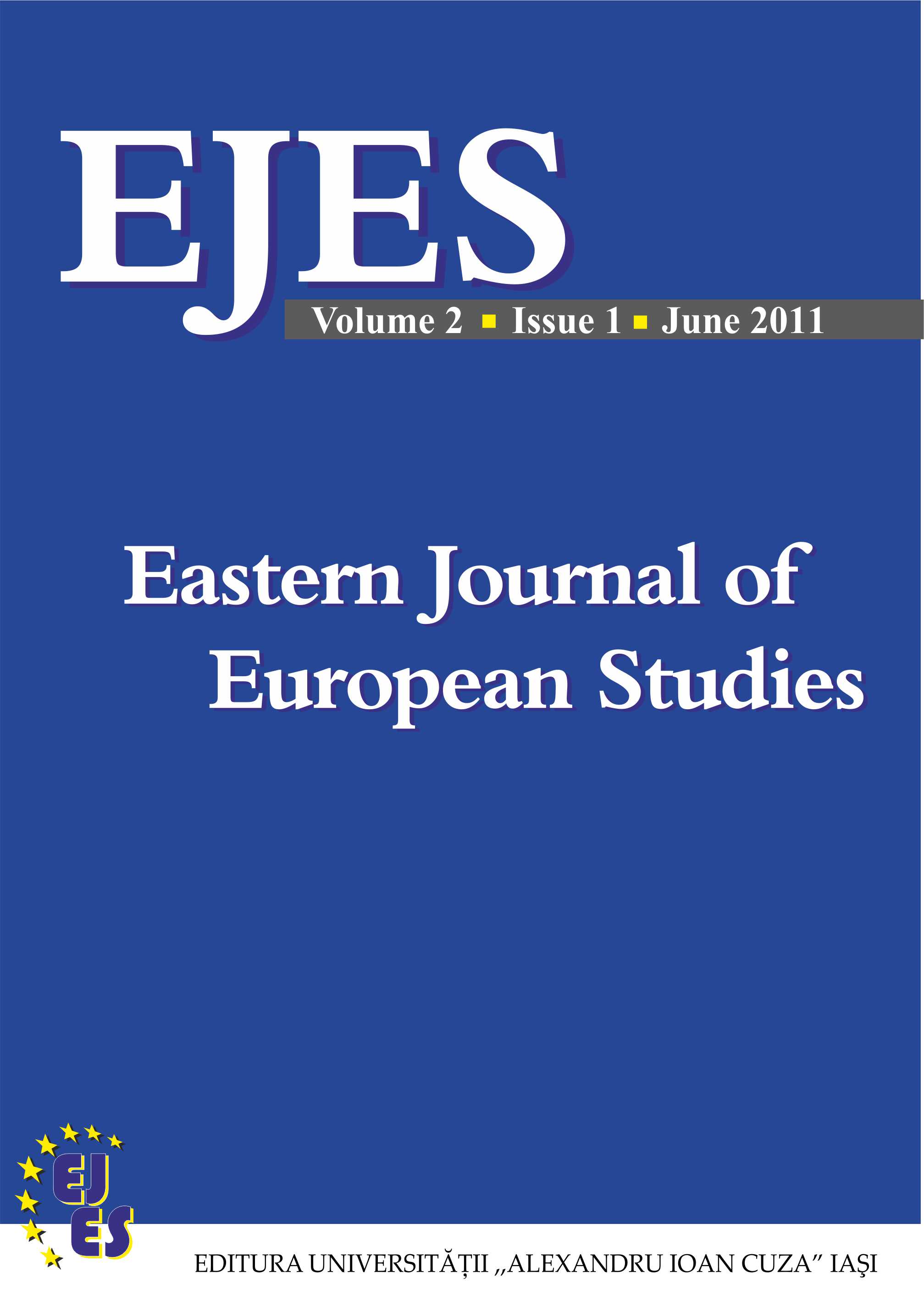Some considerations on the EU Danube Strategy and the Black Sea Region
Some considerations on the EU Danube Strategy and the Black Sea Region
Author(s): Costel CorobanSubject(s): Politics / Political Sciences
Published by: Editura Universităţii »Alexandru Ioan Cuza« din Iaşi
Keywords: Danube Strategy; Black Sea; European Union; Territorial Cooperation; Macro Region; Sustainable Development;
Summary/Abstract: The Danube strategy can only constitute a step forward regarding the stated intentions, via the Black Sea Synergy program of the European Union towards the boosting of economic development, democratic governance, security etc., in the Black Sea region. Even more, this implies the warranty of sustainable development considering that the purposes of the Danube strategy call for more effective transports and environmental protection. First of all, the advantages for the Black Sea area derive from the complexity and large scale of the strategy plan for the Danube, which implies a surface of over 800.000 km2, a population of over 100 million inhabitants, 10 European countries and 4 European capitals. Although this time, because of the ongoing economic crisis, the European Commission has declared its full support for this cause while unable to cover any of its expenses, we should not forget that the idea of this project has been derived from the success of another macro region project, the Baltic Sea strategy. This model mainly implies the possibility of real benefits for the countries which are included in the Danube strategy and which are also near the Black Sea: Romania, Bulgaria, and, in a broader perspective, Moldova as well as Ukraine. The detailing of this feature is the main objective of the current paper, an objective which, we trust, can be accomplished by the careful extrapolation of the advantages offered by past macro region projects of the European Union, and the theoretical approach of their implementation in the regional context of the Black Sea. The method used is the analysis of official EU Inforegio documents, but the current article also relies on the recent literature on this subject.
Journal: Eastern Journal of European Studies
- Issue Year: 2/2011
- Issue No: 1
- Page Range: 97-110
- Page Count: 14
- Language: English

